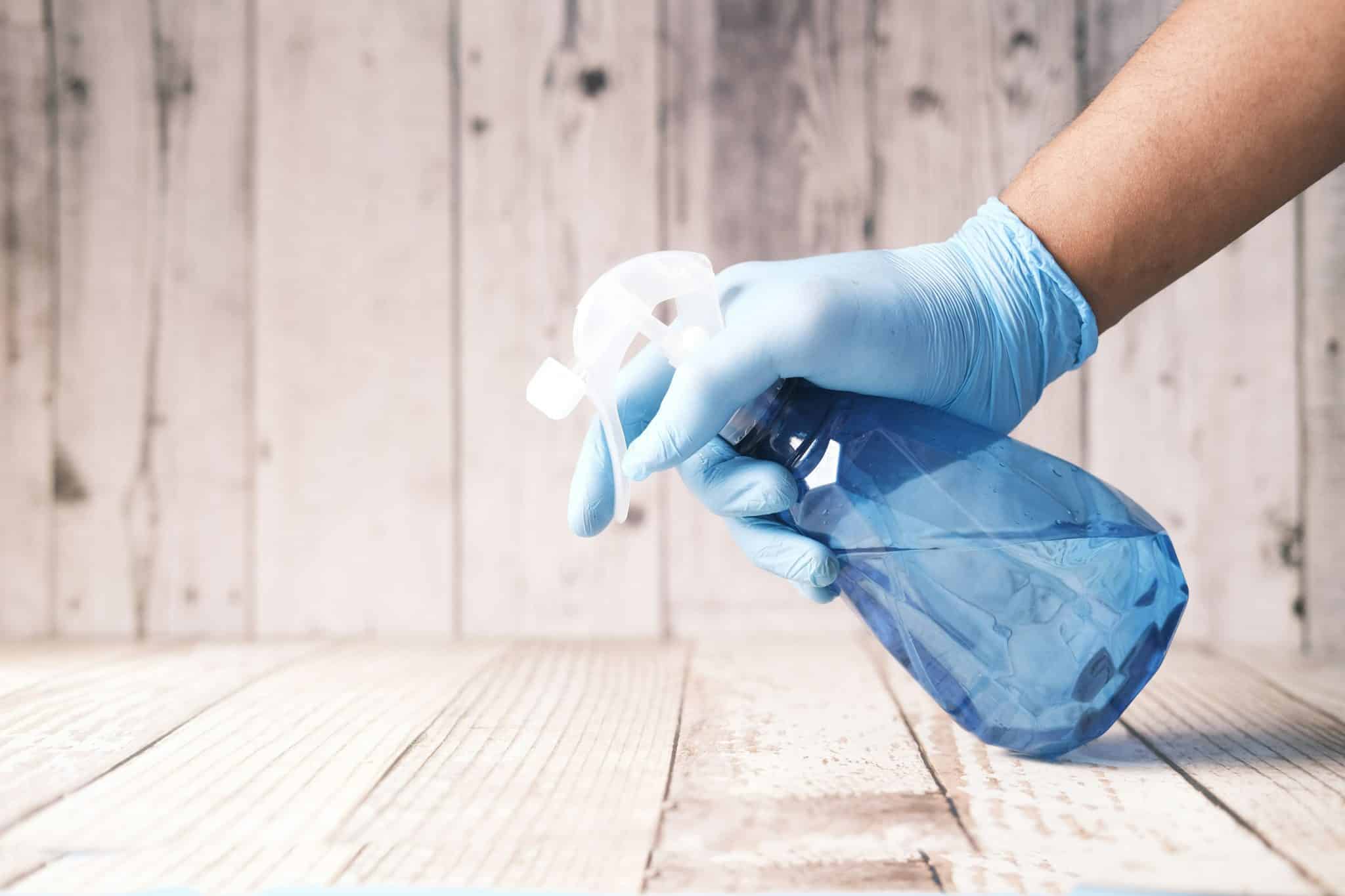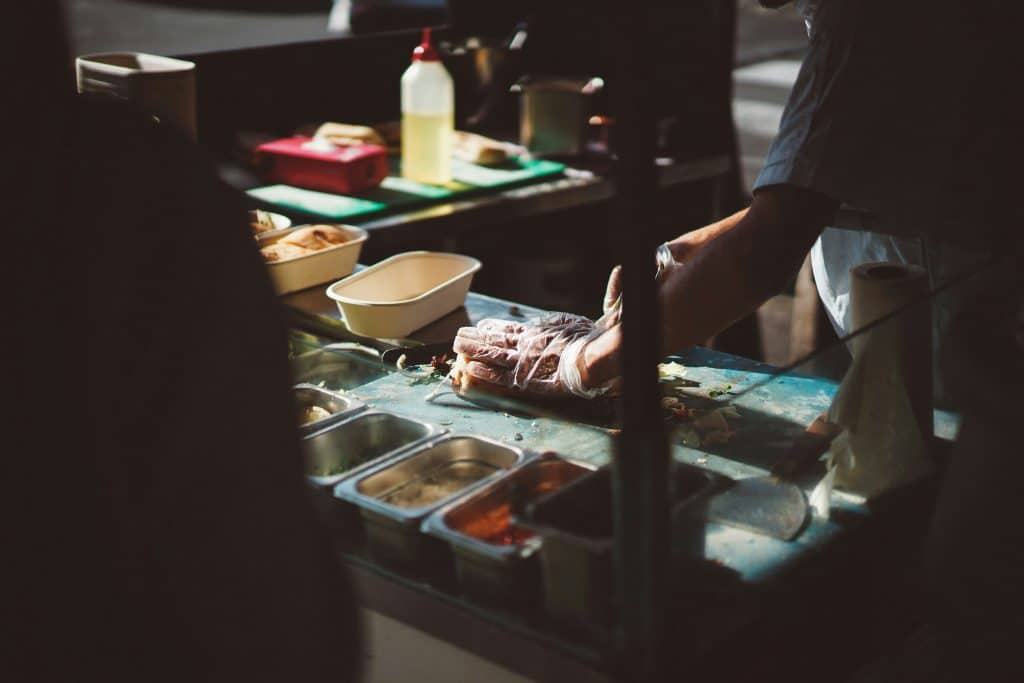Hygiene audits can often seem challenging to businesses, but they are essential for ensuring that cleanliness standards are consistently met. These audits offer a comprehensive review of what happens behind the scenes to keep food safe, making them a key part of good business practice. However, businesses often stumble during these evaluations. It’s not uncommon to hear of establishments failing hygiene audits, leaving owners puzzled about where things went wrong. Understanding why these failures occur and how to address them is crucial for maintaining both safety and reputation.
One common hurdle that many businesses encounter is the challenge of maintaining consistent cleaning protocols. With various tasks to manage and numerous standards to uphold, cleaning routines can easily become overlooked or improperly executed. This means even the smallest of missteps can result in larger issues during an audit. Let’s explore why cleaning protocols might not be hitting the mark and what can be done to improve them.
Common Reasons for Failing Food Hygiene Audits
There are several reasons why businesses may struggle with food hygiene audits, and understanding these can help prevent future failures:
– Incomplete or Inconsistent Cleaning Schedules: One of the most frequent issues arises when cleaning schedules are not properly documented or followed. Without consistent routines, areas might get missed, leading to hygiene risks. It’s not just about having a schedule written down; it’s about making sure it’s actively followed and updated as necessary.
– Lack of Proper Staff Training: Staff play a crucial role in maintaining hygiene standards, yet many businesses overlook the importance of regular training. Ensuring all team members are well-versed in their cleaning responsibilities and the latest industry protocols is essential for success. Training shouldn’t be a one-time event but an ongoing process adapted as needs evolve.
– Misuse or Poor Maintenance of Cleaning Equipment: Cleaning tools and products must be used correctly for them to be effective. Without proper knowledge and maintenance, even the best equipment can become ineffective. For instance, failing to regularly clean a mop or change its head can lead to cross-contamination rather than effective cleaning.
Improving these aspects can make a significant difference during hygiene audits, leading to better outcomes and demonstrating a proactive approach to safety and cleanliness. Implementing regular checks and balances into daily routines can ensure these pitfalls are effectively addressed.
Impact of Poor Cleaning Protocols on Hygiene Audits
Failing to maintain proper cleaning protocols doesn’t just affect the outcome of hygiene audits; it also poses several risks. The most immediate concern for businesses is the potential health risk. Without thorough cleaning, surfaces and equipment can become breeding grounds for harmful bacteria, which can lead to foodborne illnesses.
Additionally, there are legal implications to consider. Failing an audit isn’t just a black mark on a business’s record. It can also lead to fines and stricter regulations, making compliance more challenging in the future. For example, a restaurant might face temporary closure to address critical violations, significantly affecting its bottom line.
Beyond health and legal consequences, poor cleaning practices can dent a business’s reputation. Customers expect a clean and safe environment. If word spreads that hygiene standards aren’t being met, it can lead to a loss of trust and a decline in business. Investing in excellent cleaning protocols is significant in protecting your reputation and ensuring long-term success.
Improving cleaning protocols can seem like a big undertaking, but a few key steps can make the process manageable and effective:
How to Improve Your Cleaning Protocols
1. Create and Maintain an Effecsssssssssssstive Cleaning Schedule: Start by evaluating your current cleaning routines. Map out daily, weekly, and monthly tasks that need to be completed, ensuring they cover all areas and equipment. Keep the schedule visible and easily accessible to all staff.
2. Regular Staff Training and Development: Training should be an ongoing process. Make sure that all team members understand their responsibilities within the cleaning schedule. Arrange for periodic refresher sessions to account for any updates in cleaning practices or regulations.
3. Proper Maintenance of Cleaning Equipment: Keep all cleaning equipment in top condition. This means regular checks for wear and tear, timely replacements, and ensuring everyone knows how to use the equipment properly. For instance, a vacuum cleaner with a full bag or a dull blade won’t do its job properly, potentially leading to subpar cleaning performance.
Incorporating these steps can significantly enhance the effectiveness of your hygiene practices. By improving cleaning routines, you not only ensure a healthier environment but also prepare your business better for future audits.
Monitoring and Review
Once improvements are in place, regular monitoring and reviews are essential. Internal audits provide a way to measure the effectiveness of your cleaning protocols. These audits allow you to catch minor issues before they become major problems, ensuring that you stay on track.
– Regularly track and document all cleaning activities. Having a reliable record lets you quickly address any lapses and provides useful evidence during official audits.
– Adjust cleaning protocols based on feedback from these internal reviews. Flexibility in your approach enables you to respond effectively to any emerging challenges.
Maintaining consistency with these practices guarantees you’re always audit-ready. It also helps build a culture of accountability, where everyone understands their role in upholding high hygiene standards. In turn, this can create a more confident and motivated team, ready to meet the demands of any external assessment.
Keeping Your Business Ready for Audits
Continuous improvement should be more than a buzzword; it should be the heartbeat of your business’s hygiene practices. Regularly evaluate your cleaning protocols and make necessary changes to ensure they remain effective and efficient.
Encourage an audit-ready mindset among employees. This can be done by fostering a culture of cleanliness, where every staff member, from managers to team members, knows the importance of hygiene. When every team member understands their role in maintaining standards, your business will be well-prepared for any inspections.
As you refine your practices, remember that professional guidance can strengthen your efforts. By working with knowledgeable experts, you can optimise your cleaning protocols, ensuring that they not only meet but exceed current standards. Having the right partner can make a significant difference, helping you navigate the complexities of maintaining excellent hygiene standards.
Ensuring that your business is always prepared for inspections is crucial to maintaining a strong reputation and avoiding potential penalties. For businesses seeking to excel in every aspect of their cleaning protocols, expert guidance is invaluable. MQM Consulting can help you optimise your practices to confidently pass any food hygiene audit. Explore our expert-led services to see how we can support your efforts in maintaining the highest hygiene standards.


